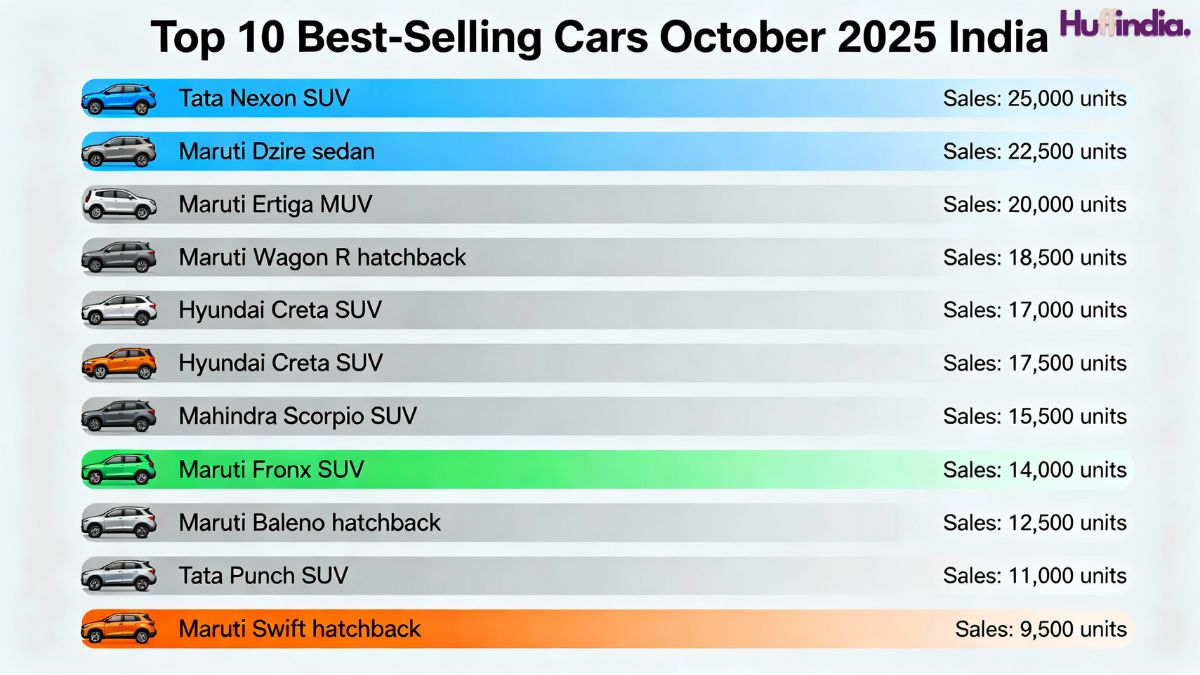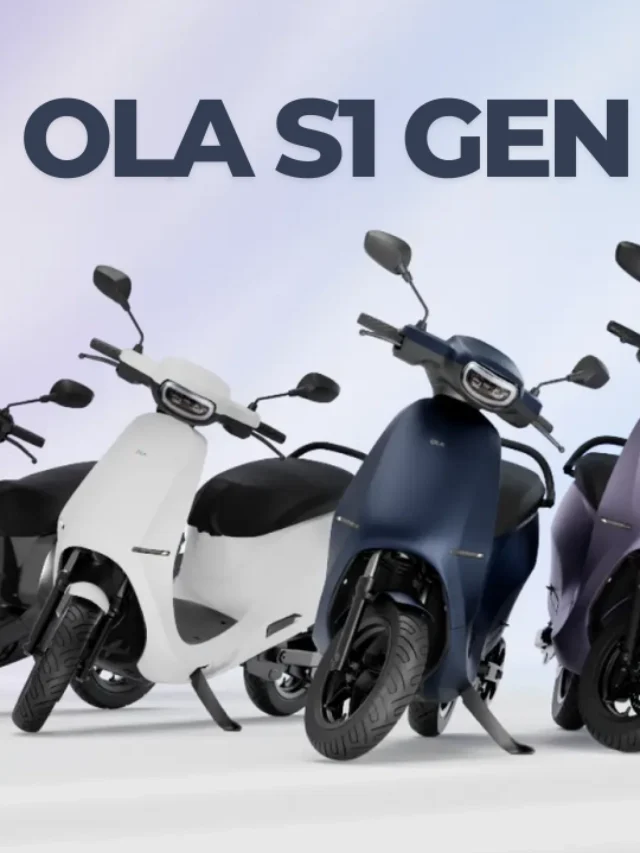New Delhi, November 11, 2025 — The vehicle retail sales India October 2025 figures revealed a remarkable upswing in the Indian automobile market, with total sales hitting an all-time high of approximately 4 million units. This surge across both passenger vehicles and two-wheelers highlights strong consumer demand, a favourable festive season, and improved affordability in the sector.
According to official industry data, the vehicle retail sales in India in October 2025 spike was driven by multiple factors, from tax benefits and festive shopping momentum to increased SUV demand, marking a pivotal moment for the Indian auto industry, which continues to navigate regulatory shifts, supply-chain challenges, and an evolving mobility landscape.
What the Numbers Tell Us
In October 2025, unit retail sales reached the highest level ever recorded in India’s new-vehicle market, crossing roughly 4 million vehicles. The Economic Times Both two-wheelers and passenger vehicles contributed substantially: while two-wheelers remain the volume engine, passenger vehicle sales also showed a sharp rise.
Breaking down the shift:
- Two-wheelers saw strong demand, especially in rural and semi-urban markets, gaining from improved affordability and extended financing options.
- Passenger vehicles, especially SUVs and crossover models, were the highlight — reflecting a shift in consumer preference toward larger vehicles.
- Dealers across major states reported brisk bookings ahead of Diwali, aided by tax incentives and discount offers.
Why the Surge Happened
Several converging factors account for the record figure:
1. Festive season momentum
October marks the key festive period in India. With Diwali and related holidays, many buyers pre-booked vehicles to leverage deals and deliver before the year’s end. The psychological and cultural push is significant.
2. Improved affordability & tax benefits
Earlier in 2025, regulatory and tax changes (e.g., revisions in the Goods & Services Tax structure for certain vehicle segments) improved buying conditions. While some changes preceded October, the momentum carried through. The affordability factor, especially for entry and mid-segments, was thus boosted.
3. Strong SUV and crossover demand
Reports show SUVs and premium crossovers dominated the top-seller lists in October, demonstrating shifting consumer taste from small cars to lifestyle-orientated vehicles.
4. Pent-up demand & supply improvement
Supply chain disruptions, semiconductor constraints and commodity cost pressures had earlier dampened growth. By late 2025 some of these constraints eased, enabling manufacturers to deliver more units and reduce waiting times, which in turn encouraged buyers to act.
Implications for the Auto Industry
This record month has multiple implications:
- Confidence boost for manufacturers & dealers: A 4 million-unit month signals market viability and may encourage capacity expansions, new launches and marketing investments.
- Shift in production focus: With SUVs and crossovers leading, manufacturers may further strengthen their SUV line-ups while balancing cost-effective small cars and two-wheelers.
- Electric and future mobility: While the report covers all vehicle types, stronger volumes help fuel investment in EVs, hybrids and alternative-fuel models by spreading fixed costs and supporting scale.
- Rural and Tier-2/3 market significance: The surge suggests that vehicle demand is not just urban-metro-centric. Rural and small-town markets appear to be key growth drivers, especially for two-wheelers and entry cars.
Challenges That Remain
Despite the upbeat month, several challenges linger:
- Sustainability of growth: One excellent month does not guarantee long-term momentum. Inflation, interest rates or global supply shocks could derail recovery.
- Margin pressures: With discounts, tax benefits and heavy promotions, manufacturer margins may come under strain if cost increases bite.
- EV transition: The growth is still heavily dominated by internal-combustion engine (ICE) vehicles. The shift toward EVs, though underway, remains gradual and may need further policy push.
- Infrastructure and policy clarity: For sustained growth, especially in EVs, charging infrastructure and regulatory certainty are critical.
What’s Next
Industry watchers will closely monitor November and December sales trends. If the growth is sustained through the end of the year, it may make 2025 a landmark year for India’s auto sector — and shift strategic planning for 2026-27 accordingly. For buyers, the strong month may mean better negotiation power, more inventory choices and faster handovers.
Conclusion
October 2025 stands out as a milestone month for India’s automobile industry, with vehicle retail sales reaching ~4 million units — a new benchmark. While the surge is driven by festive sentiment, affordability, SUV demand and pent-up buying power, the long-term story will depend on whether this momentum can be sustained and transition into future-ready mobility. For manufacturers, policymakers and consumers alike, the message is clear: the Indian vehicle market is not just recovering, it’s evolving into something more dynamic.


























